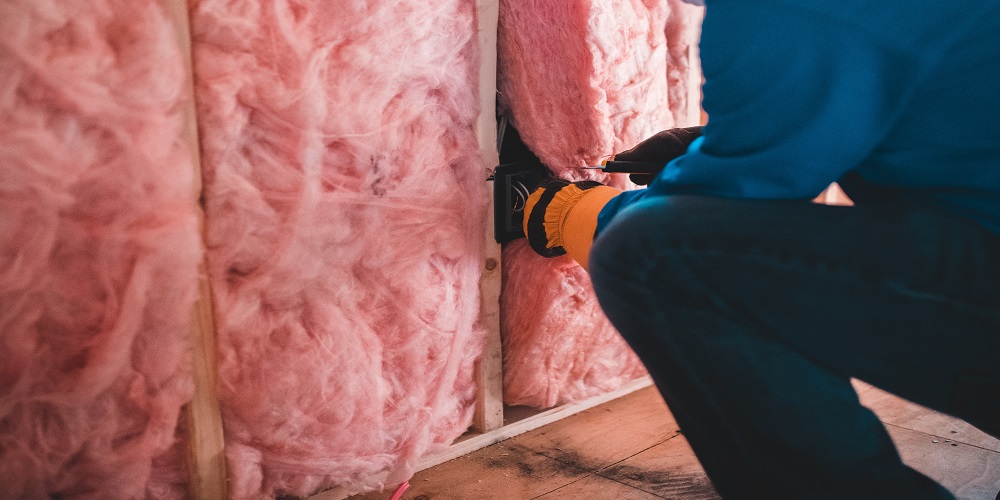As a homeowner, you know that there are various things you need to do to keep your home in good condition.
While most people think of things like painting or fixing leaks, insulation is another crucial part of home maintenance.Different types of insulation have other pros and cons, so it’s important to know what’s available before deciding.
In this blog post, we’ll discuss 4 types of attic insulation and their pros and cons. Read on to know more!

Fiberglass Batt Insulation
Fibreglass batt insulation is one of the most popular types of insulation on the market today. It is made from glass fibres woven together and then pressed into batts or mats. Fibreglass batt insulation is known for being affordable and easy to install.
However, it does not have a very high R-value, which means it may not be as effective as other types of insulation in keeping your home warm in the winter and cool in the summer.
Pros
- Affordable
- Easy to install
- Fire resistant
Cons
- Low R-value
- It can be irritable to the skin
Blown-In Fiberglass Insulation
Blown-in fibreglass insulation is similar to fibreglass batt insulation in that it is made from glass fibres. The significant difference is that blown-in fibreglass insulation is not pressed into batts or mats.
Instead, it is loose-fill and can be blown into any space using a particular machine. This type of insulation is often used in attics and crawl spaces.
Blown-in fibreglass insulation has a higher R-value than fibreglass batt insulation, making it more effective at insulating your home. However, it can be more expensive and difficult to install.
Pros
- High R-value
- Fire resistant
Cons
- More expensive
- Difficult to install
Blown-In Cellulose
Blown-in cellulose insulation is made from recycled paper products that have been shredded and treated with fire-retardant chemicals. It has a high R-value and is excellent at blocking noise pollution.
Blown-in cellulose insulation is also one of the most environmentally friendly types of attic insulation available on the market today. However, it can be more expensive than fibreglass batt insulation and is not as effective at blocking moisture intrusion as spray foam insulation.
Pros
- High R-value
- Fire resistant
- Environmentally friendly
- Blocks noise pollution
Cons
- More expensive than fibreglass batt insulation
- Not as effective at blocking moisture intrusion as spray foam insulation
Spray Foam Insulation
The spray foam insulation is made by mixing two liquids that expand and harden when sprayed on surfaces. It has the highest R-value of any attic insulation on the market today, making it highly effective at keeping your home warm in the winter and cool in the summer. Spray foam insulation also does an excellent job of blocking moisture intrusion and air leakage. The major downside to spray foam insulation is that it can be pretty expensive to have installed in your home.
Pros
- High R-value
- Blocks moisture intrusion
- Prevents air leakage
Cons
- Expensive
- Can be difficult to install
Verdict!
So, what’s the best type of attic insulation? The answer depends on your specific needs and budget. If you’re looking for an affordable, easy installation option, fibreglass batt insulation is a good choice. If you want insulation with a high R-value that will keep your home well insulated, blown-in cellulose or spray foam insulation are both excellent options.
Need help deciding which type of attic insulation is right for your home? Contact our team of roofing experts today for assistance!

